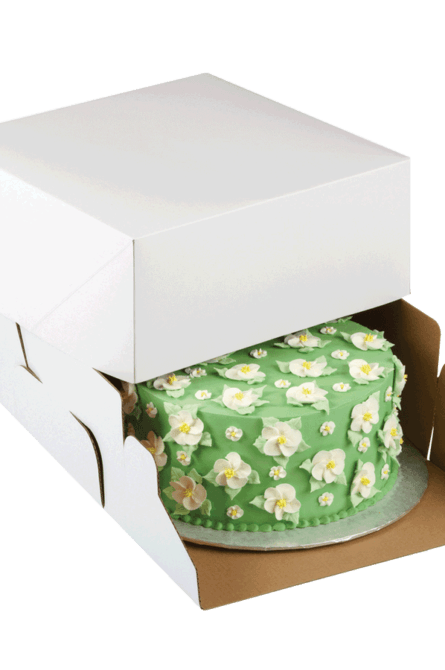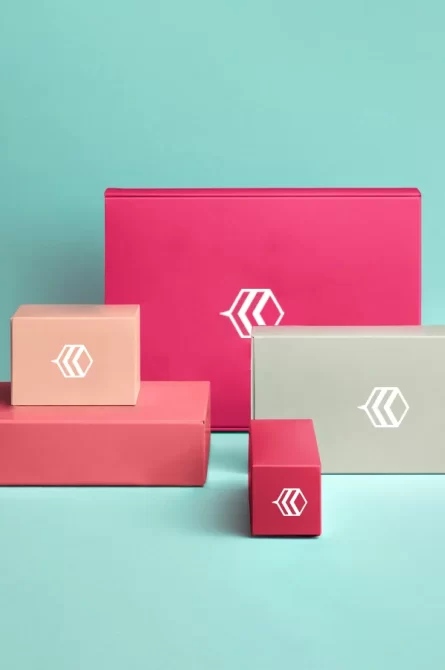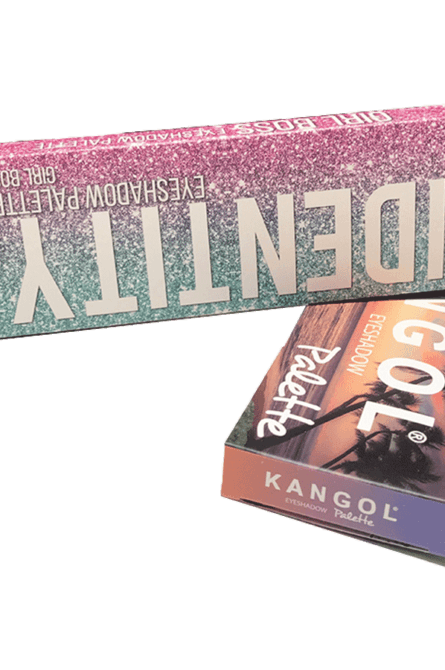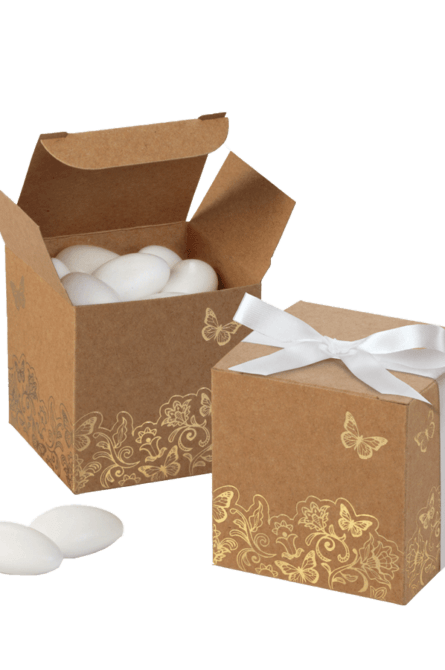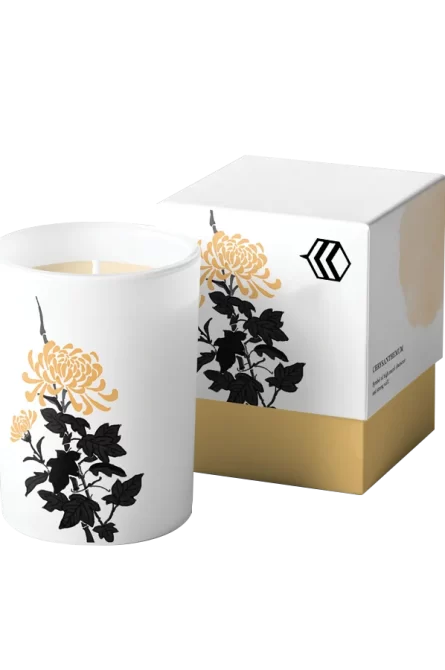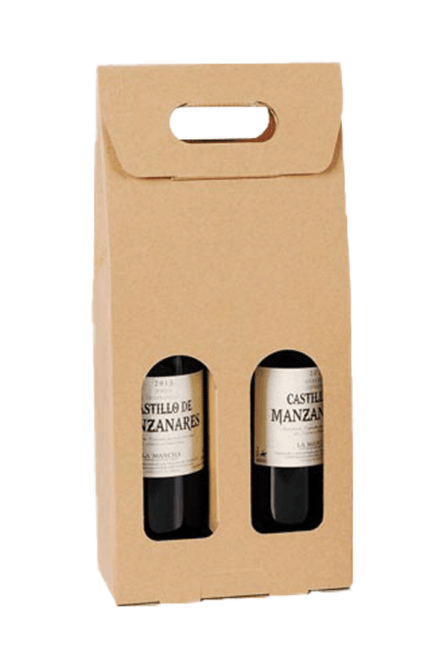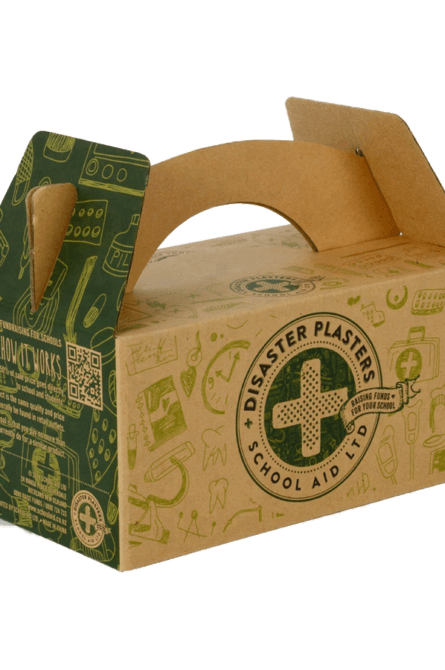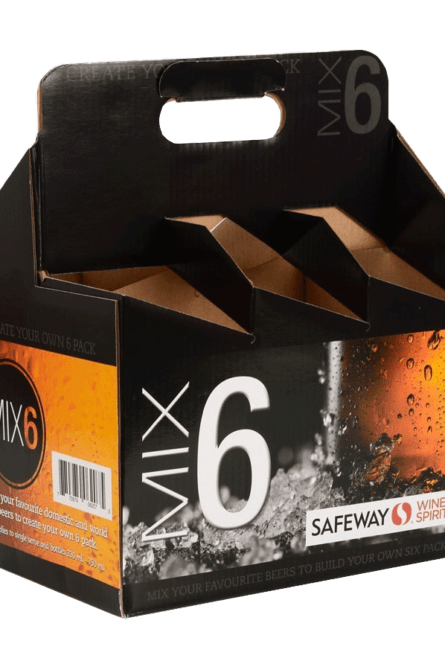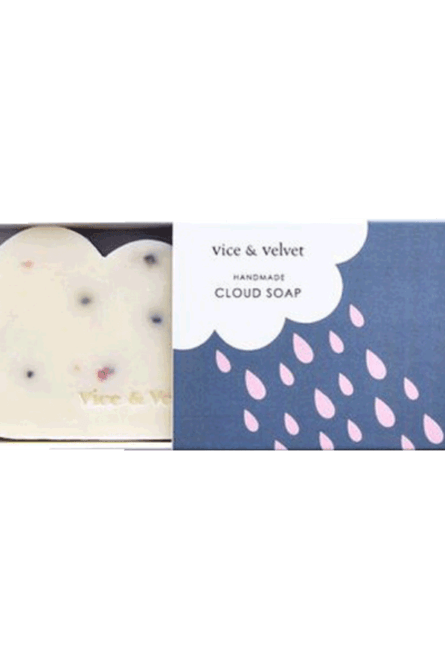12
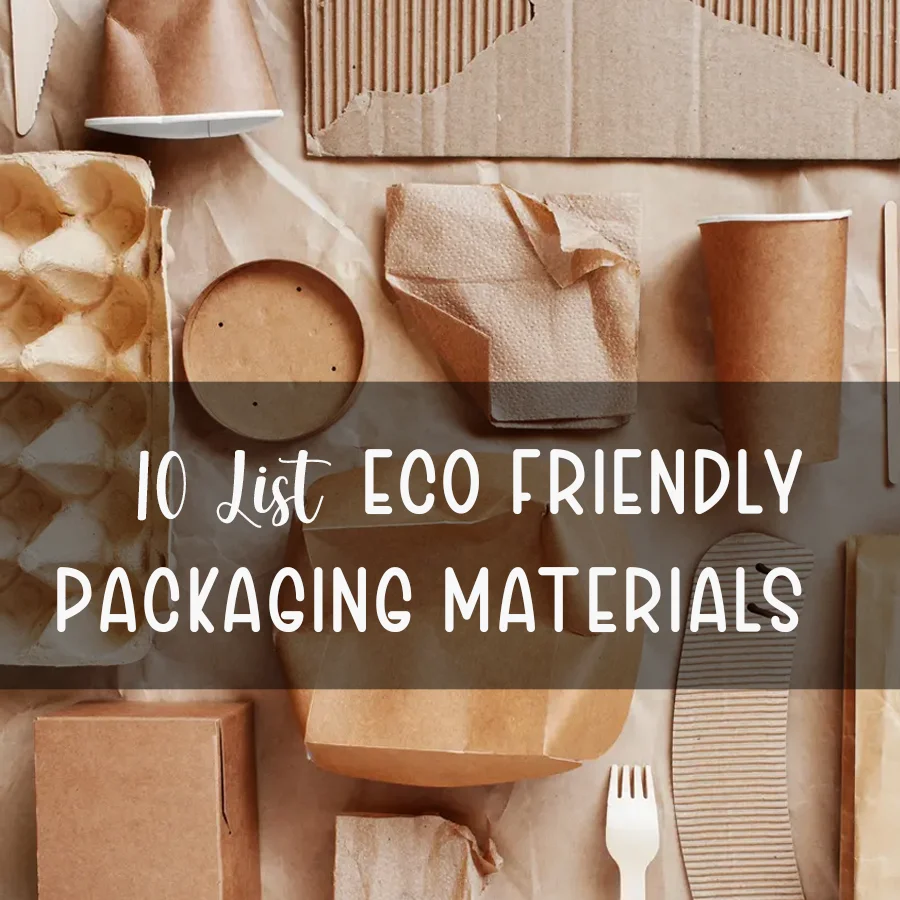
During a time when worries about climate change and the destruction of the environment are at the forefront of public consciousness, the packaging sector is undergoing a groundbreaking transition towards sustainability.
The pressing requirement to lessen the amount of waste and carbon footprint has resulted in the development of novel approaches, most notably the use of biodegradable materials in the packaging industry. Not only can these materials disintegrate according to natural processes, but they also provide a potentially fruitful approach to addressing the widespread issue of plastic pollution. Consider the following list 10 eco friendly packaging materials that is use for packaging.
Eco-Packing: Sustainable Choices for Your Products
1, Polylactic Acid (PLA)
Polylactic acid, more generally refer to as PLA or eco friendly packaging materials, is a kind of bioplastic that obtains its composition from renewable resources such as maize starch or sugarcane.
The biodegradable materials industry is seeing a sea shift as a result of this innovation, which provides a viable alternative to plastics derive from petroleum. PLA is flexible and can utilize in a wide variety of applications, ranging from biodegradable medical gadgets to transparent food containers.
The fact that it can dispose of in industrial facilities is a significant step towards the development of circular economy models, which are characterize by closed-loop design of product life cycles. And the reduction of waste.
2, Starch-Based Bioplastics
These materials are not only biodegradable for use in packaging, but they are also renewable. Starch-based bioplastics are create from naturally occurring polymers that can found in maize, potatoes and tapioca. The versatility of bioplastics based on starch is impressive, since they are perfect for packaging solutions that are both hard and flexible. Moreover, they are becoming an increasingly prevalent sight in the landscape of sustainable packaging. And they can seen anywhere from the protective foam that is use in shipping boxes to biodegradable bags.
3, Cellulose-based Films
Films create from cellulose are a throwback to the early days of packaging, reviving the usage of plant fibers via the use of certain cutting-edge technologies. Cellulose, a naturally occurring polymer that can found in the cell walls of plants, is use in the production of these types of films, which are both biodegradable and compostable.
Additionally, they provide an alternative to plastic films that is both breathable and transparent. It makes them suitable for a wide variety of applications. They lengthen the shelf life of produce while ensuring that the packaging’s end-of-life is ecologically friendly, making them ideal for perishable goods or products that require refrigeration.
4, Chitosan
Chitosan is a bio polymer that is derive from chitin, which is composed of the shells of crustaceans such as crabs and prawns. Also, chitosan is cultivated from chitin. The transformation of trash from the seafood business into high-value packaging material is a demonstration of the innovative processes that are being utilized by the sector.
The fact that chitosan has antibacterial qualities makes it very useful for preserving the freshness of food, which is especially important for perishable commodities. Furthermore, the fact that it is biodegradable guarantees that it does not add to the ongoing problem of garbage that is dispose of in landfills.
5, Mushroom Mycelium Packaging
One of the most exciting developments in the field of biodegradable materials packaging (for food) is the packaging create from mushroom mycelium. Growing mycelium around agricultural waste allows for the formation of unique packaging forms. This is accomplished by using the root-like structure of fungus.
In addition to being able to customize, this organic material decomposes spontaneously, which helps to reduce waste. Although its shock-absorbing characteristics are equivalent to those of synthetic foams, it is a good choice for packaging sensitive products because of its qualities.
6, Seaweed Packaging
As an innovative, edible, and dissolvable eco friendly packaging materials for small business, seaweed packaging is causing a stir in the manufacturing industry. Seaweed is a resource that is extremely sustainable since it is harvested from the ocean and does not require any freshwater or fertilizers from the environment. It is possible to use seaweed films as an alternative to plastic wraps in a variety of applications. And the fact that they are soluble in hot water opens up new opportunities for packaging that produces zero waste.
7, Pulp Thermoforming
Waste paper and cardboard can be converted into durable and biodegradable packaging through the process of pulp thermoforming, which utilizes recycled paper and cardboard. Transforming pulp into a variety of shapes, such as trays, and containers. Packaging inserts is accomplished by applying heat and pressure to the material.
A sustainable end-of-life scenario for paper goods is provided by this method, which is in line with the objectives of reducing waste. And increasing recycling production of custom printed boxes no minimum.
8, Palm Leaves
An inventive way to make use of natural trash is to package items using palm leaves that have fallen to the ground. These leaves are gathered, cleaned, and then shaped into long-lasting items like plates and bowls once they have been harvested. The notion of upcycling is exemplified by this process, which involves the transformation of waste materials into products that have a better value and usefulness. Additionally, this procedure has the advantage of being a totally biodegradable material that can be used for (food) packaging & custom printed boxes no minimum.
9, Bagasse
The fibrous residue that is left over after sugarcane stalks have been processed for the extraction of juice is known as bagasse. This is a material that exemplifies the circular economy in action and is an excellent example.
Bagasse can be shaped into a variety of different forms, making it renewable. And biodegradable alternative to the conventional usage of plastic or Styrofoam containers for food storage. This change not only makes use of a byproduct that is produce by the sugar industry, but it also results in the production of an end product that will decompose in a natural way without causing any damage to the environment and eco-friendly packaging boxes.
10, Wool Insulation Packaging
Wool, which is a natural and renewable fiber, has created its way into the packaging business specifically for the purpose of serving as an insulating material. Not only is wool packaging completely biodegradable, but it also serves the purpose of preserving temperature-sensitive items while they are in transit.
Through the process of recycling wool into packaging, the industry is not only making use of a natural resource, but it is also strengthening the protection of goods using a material that has little impact on the environment.
Biodegradable Materials For Packaging Are The Future Of The Industry
Within the context of a larger and more significant shift towards sustainability, the transition to biodegradable materials for packaging is an important step. The use of these materials is more than just a way to cut down on waste; they also represent a new design philosophy that takes into account the entirety of a product’s lifecycle. When companies make the decision to use biodegradable packaging, they are taking a significant step towards responsible production and consumption. Thereby, aligning their business practices with the well-being of the planet. For advice on how to successfully implement modern packaging techniques, continue reading.
These listed 10 eco friendly packaging materials are a representation of the industry’s inventiveness and dedication to addressing environmental concerns.
Moreover, the approach to sustainability, involves minimizing waste, and conserving resources. Protecting our planet for the sake of future generations is one that places a significant emphasis on these factors.



